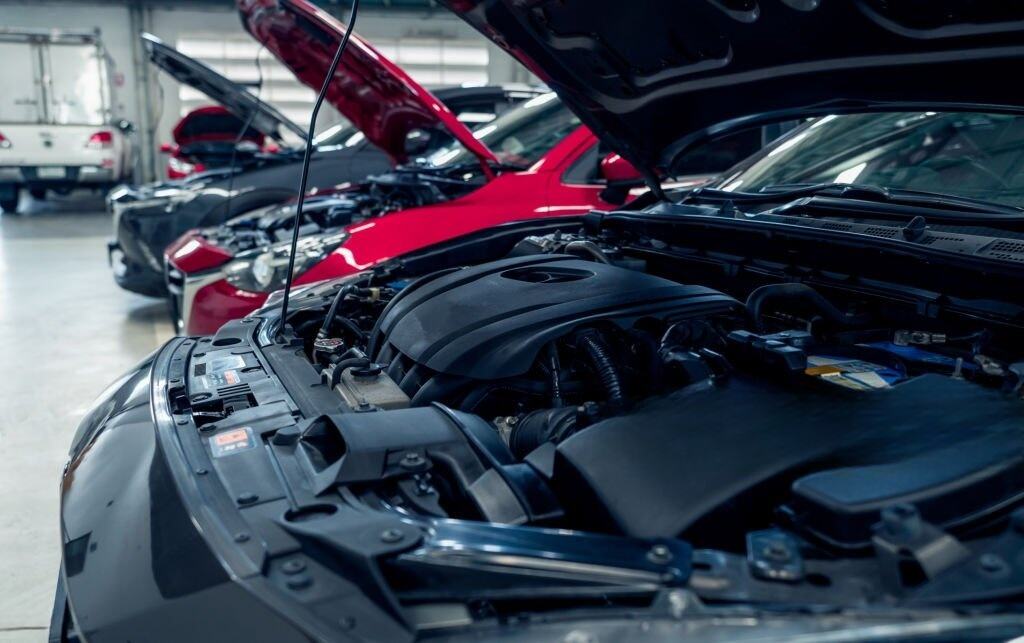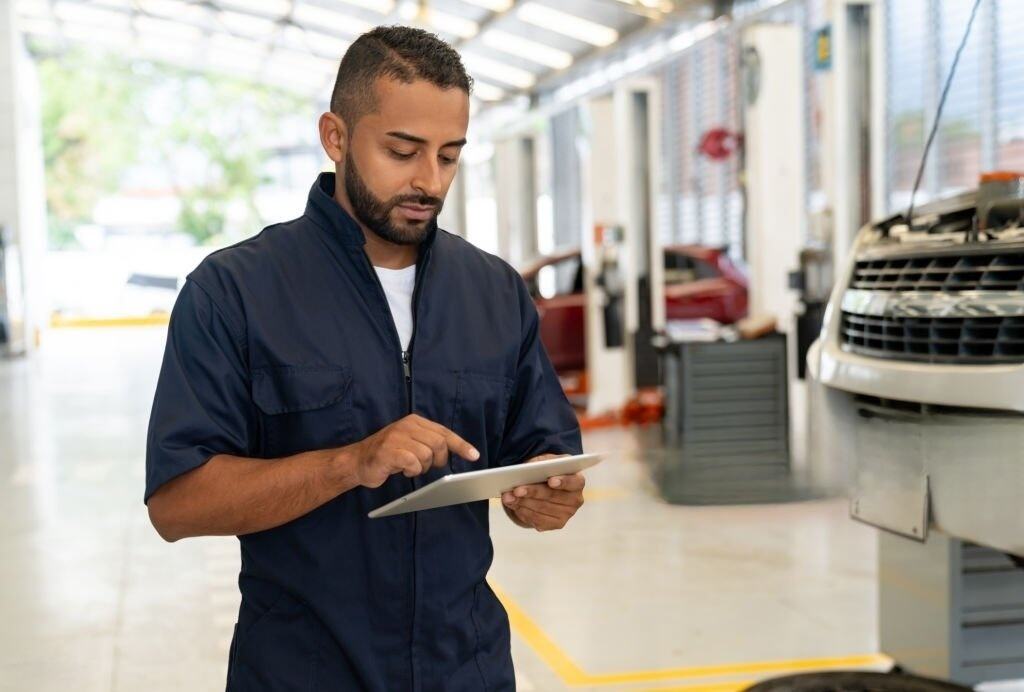The automotive repair industry is undergoing significant transformations driven by technological advancements, changing consumer expectations, and evolving regulatory landscapes. As a professional in the field, understanding these trends is crucial for staying competitive and providing superior service. This article explores the latest trends shaping the automotive repair landscape and offers insights into future market directions to help industry professionals and car enthusiasts alike stay informed.

In this article, we delve into the key trends impacting the automotive repair industry, highlighting technological, economic, and social influences. By understanding these trends, automotive professionals can better adapt to the market’s evolving demands and ensure long-term success in their operations.
Let’s explore how these trends are transforming the industry and what they mean for both repair shops and vehicle owners.
Keeping abreast of the latest automotive repair trends is essential for practitioners seeking to enhance service delivery and capitalize on emerging opportunities.
-How is Technology Influencing Automotive Repairs?
-What Role Does Sustainability Play in the Industry?
-How Are Consumer Preferences Shaping Services?
-What is the Impact of Regulation Changes?
How is Technology Influencing Automotive Repairs?
Technology is revolutionizing the automotive repair industry, introducing innovative tools and methods that enhance efficiency and accuracy.
From advanced diagnostic systems to augmented reality, technology is reshaping how repairs are performed and delivered.

The integration of advanced diagnostics and telematics systems in vehicles allows mechanics to quickly identify issues with precise accuracy. Technologies such as augmented reality (AR) assist technicians in performing complex repairs by overlaying digital information onto real-world settings, providing step-by-step guidance during repair tasks. The use of predictive maintenance through IoT (Internet of Things) connectivity is also growing, enabling vehicles to alert owners and repair shops to potential issues before they lead to significant problems. Repair shops are increasingly adopting management software that streamlines customer interactions, inventory management, and workflow processes, ultimately leading to faster and more efficient service.
What Role Does Sustainability Play in the Industry?
Sustainability is becoming a vital consideration in the automotive repair industry, as businesses and consumers prioritize eco-friendly practices.
Embracing sustainable practices helps repair shops meet consumer expectations and comply with environmental regulations.

With the increasing focus on reducing environmental impact, many repair shops are adopting environmentally friendly practices. This includes recycling automotive fluids and parts, reducing waste through improved repair techniques, and using eco-friendly materials for repairs and maintenance. Additionally, there is a growing demand for servicing hybrid and electric vehicles, requiring specialized knowledge and equipment. Repair facilities are also exploring energy-efficient upgrades, such as LED lighting and solar power, to further reduce their carbon footprint. These sustainable practices not only enhance a shop’s environmental credentials but also attract eco-conscious consumers looking for environmentally responsible service providers.
How Are Consumer Preferences Shaping Services?
Changing consumer preferences are significantly influencing the types of services offered by automotive repair shops.
Consumers now demand more convenience, transparency, and customization in their automotive repair experiences.

Modern consumers value convenience and transparency and expect repair shops to offer services that accommodate their busy lifestyles. This includes offering online appointment scheduling, mobile repair services, and digital communication channels for updates and approvals. Transparency in pricing and repair processes is also crucial, with customers favoring businesses that provide detailed estimates and explanations of required repairs. Additionally, there is a trend towards more personalized services, where shops tailor maintenance schedules and services based on individual driving habits and vehicle usage, enhancing customer satisfaction and loyalty.
What is the Impact of Regulation Changes?
Regulatory changes are reshaping the automotive repair industry, influencing everything from repair procedures to certification requirements.
Staying informed about regulatory trends ensures compliance and opens new opportunities for growth and innovation.

Governments around the world are introducing stricter regulations aimed at improving vehicle safety, emissions, and consumer protection. Repair shops must stay updated on these regulations to ensure compliance, which often involves adopting new technologies or processes. For example, laws related to vehicle emissions standards are pushing repair facilities to invest in equipment capable of servicing and repairing fuel-efficient vehicles. Moreover, technician certification and training requirements are becoming more rigorous, focusing on skills necessary for working with advanced vehicle technologies. By staying compliant, shops can leverage these changes to offer specialized services that meet the demand for newer vehicle systems, thus remaining competitive in the market.
Conclusion
The automotive repair industry is at a pivotal moment, defined by technological progress, sustainability efforts, evolving consumer demands, and regulatory changes. By understanding and adapting to these trends, automotive professionals can enhance their service offerings and maintain a competitive edge. As the industry continues to evolve, staying informed and flexible will be key to success.
